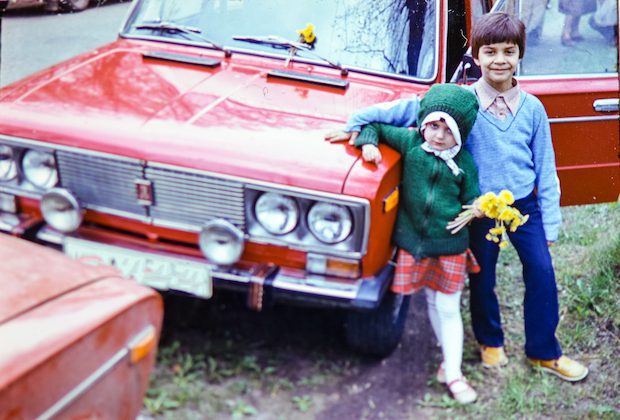The very idea that some American women want to stay at home and raise their own children astonished this 30‐year‐old woman. For her, work was the only satisfying outlet. And despite her frequent contact with English speaking foreign tourists, she knew nothing about the range of voluntary and community activities done by nonworking American women.
“Don’t American women want to get out of the house?” she asked one recent visitor to this Ukrainian city. Don’t you want to work? Don’t you want to earn money and get some independence?”
How Capitalism Sovietized America

From an astonishing 1974 New York Times article reporting on the virtues of Soviet day care:
Privately, many educated Soviet mothers take a much more skeptical view of the Soviet day care system and regard the competence of most day care workers as below desirable standards.
More:
The vast majority of Soviet families require the salary of a working wife to make ends meet. Repeatedly, Soviet citizens express astonishment when they learn that an American father can support a family of two, three or four children without his wife’s working. Many are also surprised that American women would willingly have more than one child.
“That is suicide,” said one 40‐year‐old mother, “even with a pre‐school group for our daughter, we have a hard time coping.”
These comments on the article from this Twitter thread by the Manhattan Institute’s Oren Cass nail it:

Cass’s new policy book The Once And Future Worker sounds like it challenges the shibboleths of both the Left and the Right.
Subscribe for as little as $5/mo to start commenting on Rod’s blog.